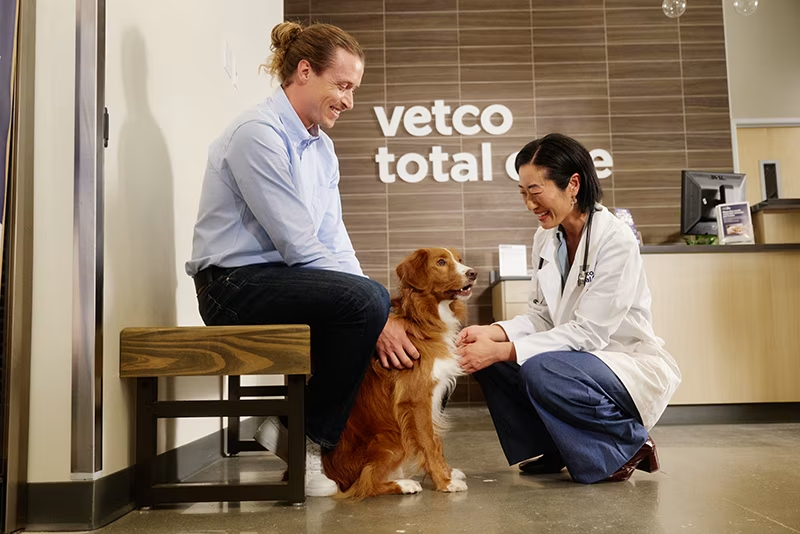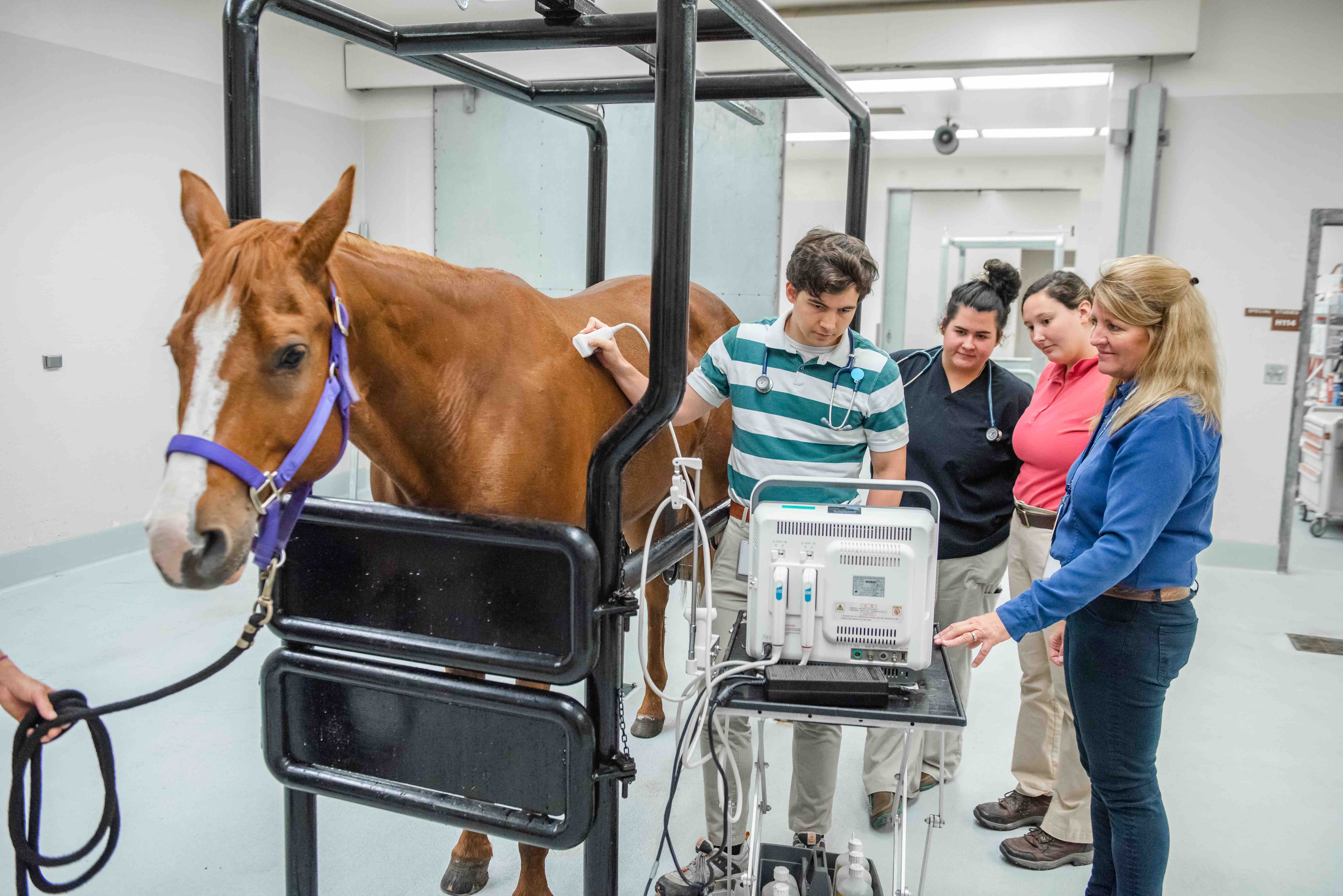Everything About Vet Surgical Procedure: Comprehending the Relevance of Specialist Look After Your Pet dogs
Vet surgical procedure is a vital component of pet healthcare. It includes various treatments, from routine optional surgical treatments to urgent treatments. Recognizing the intricacies of these surgical procedures can assist family pet owners make informed decisions. The preparation, implementation, and healing stages are important for ensuring the health of pets. With correct knowledge, owners can browse the intricacies of veterinary care. What elements should be thought about before an animal goes through surgical treatment?
Kinds Of Vet Surgeries
When an animal needs medical treatment, recognizing the numerous kinds of vet surgeries can help animal proprietors make informed choices. Veterinary surgeries can be broadly categorized into three major kinds: optional, urgent, and emergency situation surgical procedures. Elective surgical procedures, such as spaying or neutering, are intended treatments that are not quickly serious. Urgent surgeries, like those for foreign body removal, have to be performed quickly but are not deadly in the moment. Emergency surgeries, such as those attending to serious trauma or inner blood loss, are crucial and call for immediate attention.Additionally, surgeries can differ in intricacy, varying from minimally intrusive laparoscopic treatments to much more comprehensive open surgical treatments. Each sort of surgical treatment brings its own risks and healing procedures. Recognizing these groups enables pet proprietors to engage in purposeful discussions with vets, leading to better results for their cherished pet dogs.
Preparing for Your Pet's Surgical treatment
Getting ready for a pet's surgical treatment entails a complete checklist to assure all essentials are covered. Efficient interaction with the veterinarian is important for recognizing the treatment and any required pre-operative actions - animal emergency care bellingham. Furthermore, having clear post-operative treatment guidelines will aid owners give the best assistance for their recuperating pets
Pre-Surgery List Essentials
Guaranteeing a smooth surgical experience for a pet calls for careful prep work and interest to information. A pre-surgery checklist is important for pet proprietors to follow. Verifying the set up surgery day and time is essential. Owners must likewise confirm that their pet has actually not eaten according to the veterinarian's instructions, typically for 8-12 hours before surgical procedure. Gathering necessary medical documents, including vaccination history, is necessary for the vet's testimonial. It is additionally suggested to prepare a comfy area at home for the pet dog's recuperation after surgical treatment. Finally, proprietors must have a strategy for transportation to and from the veterinary center, ensuring that the pet dog is protected and comfy throughout the trip. Following these steps can substantially enhance the surgical experience.
Communicating With Your Veterinarian

Efficient communication with the veterinarian is essential for an effective surgical experience for animals. Proprietors ought to be prepared to review their pet's medical background, consisting of any pre-existing problems, medications, and allergies. This information assists the veterinarian evaluate risks and customize the surgical strategy appropriately. Furthermore, animal owners need to ask concerns regarding the procedure, anesthetic, and expected results to ensure they completely comprehend the procedure. Clearing up any doubts can ease anxiety for both the pet dog and the owner. It is additionally important to interact any behavior modifications or issues observed in the pet dog leading up to the surgery. Eventually, clear discussion promotes count on and collaboration, making sure that pet dogs obtain the very best feasible treatment throughout their surgical trip.
Post-Operative Care Directions
After discussing the procedure with the vet, pet owners need to concentrate on post-operative care directions to help with a smooth recovery for their pets. These directions usually include checking the surgical site for indicators of infection, such as inflammation or discharge. Family pets may need to be kept tranquil and constrained to stop extreme motion that might disrupt healing. Discomfort management is crucial, so proprietors ought to comply with the vet's assistance on providing medications. Additionally, nutritional constraints may be recommended to stay clear of stomach trouble. Normal follow-up consultations are essential to ensure proper recovery and attend to any issues. By sticking to these post-operative treatment guidelines, animal proprietors can significantly contribute to their pet's healing and general wellness.
The Surgery Explained
The surgery for animals encompasses important steps that ensure their safety and security and healing. Pre-surgery preparations are essential for reducing risks, while post-operative treatment standards play an essential function in promoting recovery. Comprehending these components aids pet dog proprietors navigate the surgical experience better.
Pre-Surgery Preparations
Prior to a pet dog undertakes surgical procedure, a number of crucial prep work should take place to assure a secure and successful treatment. A comprehensive vet examination is important to assess the animal's total health and recognize any kind of possible threats. This might consist of blood examinations, imaging, or other diagnostics. The vet will likewise discuss anesthetic choices customized to the pet dog's specific requirements. In addition, pet dog proprietors are generally instructed to hold back food and water for a defined time prior to surgical procedure to decrease the threat of issues during anesthesia. It is essential for owners to supply a total medical background, including any type of medications or allergies, making certain the surgical group has all necessary information. Appropriate interaction and adherence to pre-surgery guidelines can considerably boost the end result of the treatment.
Post-Operative Treatment Standards
Correct post-operative treatment is vital for ensuring a pet's recuperation following surgical treatment. After the treatment, pet dogs need to be kept track of very closely for any kind of signs of complications, such as excessive bleeding, swelling, or uncommon habits. It is necessary to comply with the vet's directions relating to medicines, consisting of painkiller and prescription antibiotics. Pets should be maintained in a peaceful, comfy environment to decrease tension and promote healing. Restricting activity is crucial; short, leashed walks may be necessary, however jumping or running must be avoided. Regular follow-up appointments should be scheduled to assess the recovery procedure. Additionally, the medical site should be maintained clean and completely dry, with any indicators of infection reported to a veterinarian promptly. Sticking to these standards enhances recuperation results.
Anesthesia and Pain Administration
Reliable anesthesia and discomfort administration are necessary elements of veterinary surgical treatment, ensuring that family pets remain comfortable and secure throughout the procedure. Veterinarians evaluate each pet's specific needs, considering aspects such as age, weight, health and wellness condition, and the sort of surgical treatment being performed.Anesthesia protocols generally consist of a combination of pre-anesthetic medications, induction representatives, and inhalant anesthetics, enabling accurate control over the animal's degree of awareness. Surveillance throughout surgical procedure is crucial; vets continuously observe crucial indicators to deal with any kind of prospective complications promptly.Pain monitoring techniques may involve opioids, non-steroidal anti-inflammatory medications (NSAIDs), and neighborhood anesthetics, tailored to the family pet's particular scenario. This multifaceted view website method aids decrease discomfort and advertises a smoother medical experience. By prioritizing efficient anesthetic and discomfort management, veterinary professionals boost the total welfare of pets going through operations, ensuring they obtain the highest possible standard of care.
Post-Operative Treatment and Recovery
Complying with surgery, the emphasis shifts to post-operative treatment and recovery, which is important for guaranteeing a family pet's risk-free return image source to regular tasks. During this duration, pet dogs call for a peaceful, comfy environment to aid healing. Owners need to carefully check their animals for any signs of discomfort or uncommon behavior.Veterinary standards often include details directions associated with medication administration, injury care, and dietary adjustments. It is vital to stick to these referrals to lessen issues and promote healing. Pet dogs might require to be limited from vigorous tasks, such as running or leaping, throughout their recovery period (tplo surgery).Regular follow-up appointments with the veterinarian permit tracking of the pet dog's progression and timely modifications to the treatment plan. Offering emotional assistance and friendship can also enhance a family pet's recovery experience, assisting to alleviate tension and anxiousness. In general, diligent post-operative care plays a considerable role in attaining an effective recuperation
Identifying Complications After Surgical Treatment
Exactly how can family pet proprietors identify complications after surgical treatment? Understanding of particular indications is vital for guaranteeing the health of pets during healing. Usual signs include extreme swelling, inflammation, or discharge at the surgical site, which may indicate infection. Additionally, consistent discomfort, suggested by grumbling or hesitation to move, should motivate immediate focus. Modifications in appetite or water consumption can also show difficulties; a decrease in these actions may indicate discomfort or distress.Moreover, family pet owners should check their animals for any uncommon habits, such as sleepiness or difficulty breathing, as these can be signs of serious concerns. Throwing up or diarrhea complying with surgical treatment might require immediate vet assessment. Identifying these problems early can significantly influence an animal's recuperation process, highlighting the significance of caution and punctual interaction with a veterinarian for any type of worrying symptoms.
The Role of Vet Specialists in Surgical Care
Vet specialists play an essential role in ensuring the safety and security and success of operations for animals, particularly complying with surgical procedure when monitoring and care are critical. These experts consist of vets, veterinary professionals, and support staff, all of whom contribute specialized abilities to the medical process.Before surgical procedure, veterinarians carry out thorough analyses to analyze the pet dog's health and wellness, making sure that any kind of underlying conditions are handled. During the treatment, the medical group provides anesthesia, keeps sterile settings, and keeps track of vital indicators, all crucial for navigate to this website lessening risks.Post-operative care is just as considerable; veterinary experts observe for problems, handle discomfort, and guide proprietors on healing methods. Their experience allows them to acknowledge very early indications of distress or infection, ensuring timely treatment. Eventually, the joint efforts of vet professionals in surgical treatment cultivate a safe atmosphere, advertising the well-being of animals throughout the medical journey.

Frequently Asked Concerns
Exactly how Do I Select the Right Veterinary Cosmetic Surgeon for My Family pet?
Choosing the appropriate vet cosmetic surgeon includes looking into qualifications, checking out reviews, and evaluating the facility's environment. It is important to review the cosmetic surgeon's experience with certain treatments and their communication design when making a decision.
What Are Usual Misconceptions Regarding Veterinarian Surgeries?
Usual misunderstandings concerning vet surgical treatments consist of beliefs that they are always high-risk, unnecessary, or just for emergencies. Several animal proprietors take too lightly the benefits of preventative treatments and the ability associated with veterinary surgical care.
Just How Much Will My Animal's Surgery Cost?
The cost of a pet dog's surgical procedure can differ substantially based upon elements such as the sort of procedure, the veterinarian's experience, and geographic location (tplo surgery for dogs). Typically, costs range from a few hundred to a number of thousand dollars

Can My Animal Consume Before Surgical Procedure?
Before surgical treatment, it is generally suggested that animals refrain from eating for a details period. This fasting helps decrease the danger of difficulties during anesthesia. Owners need to consult their vet for precise directions customized to their pet dog's needs.
What if My Family Pet Has Pre-Existing Wellness Conditions?
When a pet has pre-existing health and wellness conditions, it's vital for the vet to evaluate these elements prior to surgical treatment. This assessment guarantees proper safety measures are taken, lessening risks and maximizing the pet's overall safety and security during the procedure.
Comments on “Comparing Local Clinics to Find the Best emergency vet near me”